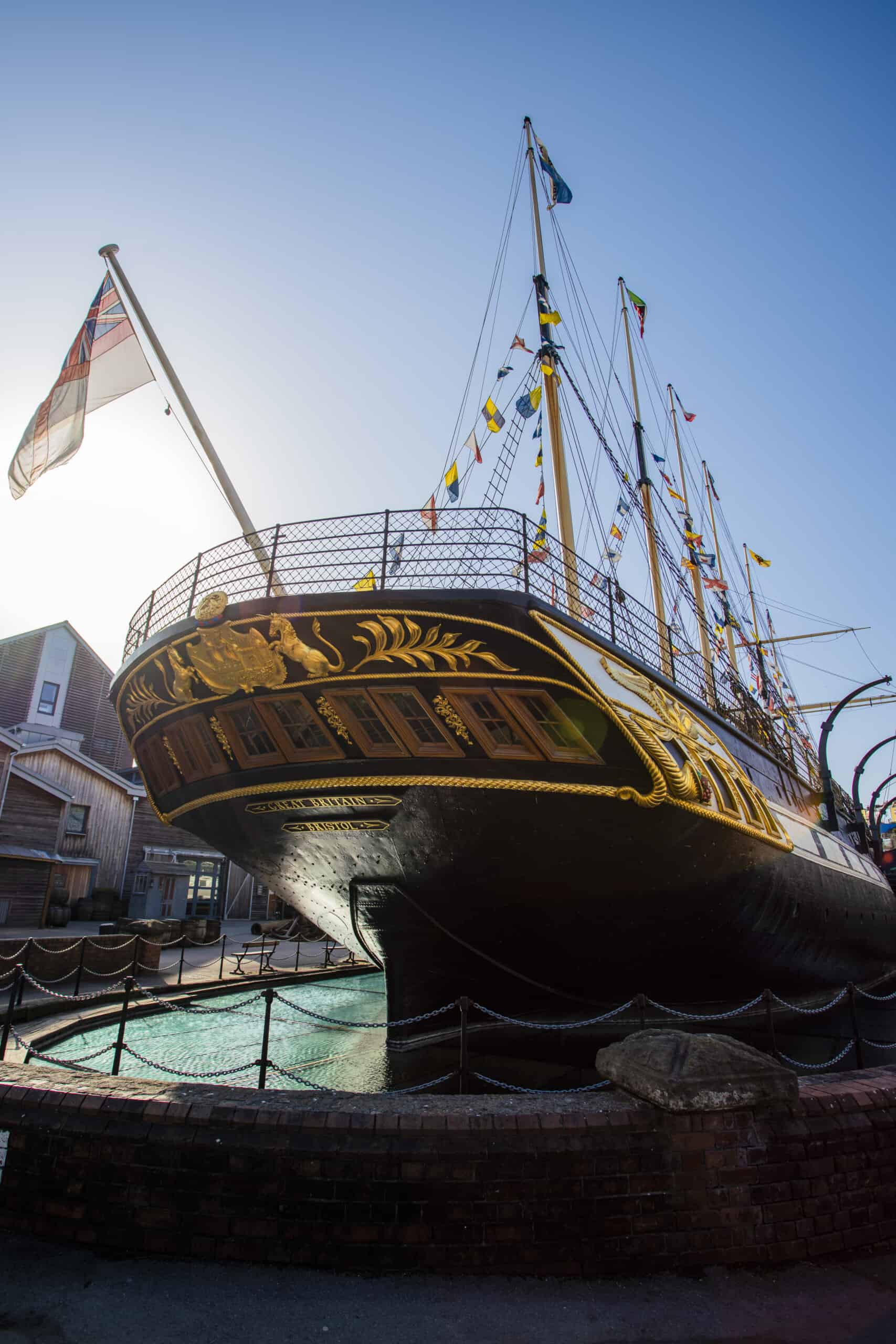ELIZABETH PARSONS
Defying conventions, Elizabeth was one of the first women to practice as a professional artist in Melbourne. Her illustrious career and dedication to educating fellow artists made her one of the most influential artists in Australia at the time. Elizabeth emigrated to Australia aboard the SS Great Britain in 1870. Working in an art world largely dominated by men, Elizabeth stands out as an important and determined female artist. Her paintings are now held in many Australian museums such as The National Gallery of Victoria and The Geelong Gallery.
Find out more on Global Stories
CATHERINE DALLEN
Catherine travelled to Australia in 1861 alone in steerage class (the most basic and cheapest option) on the SS Great Britain when she was aged twenty-five. Conditions would have been basic and cramped. The ship departed from Liverpool on 17 February and arrived in Melbourne on 3 May, with the voyage taking longer than its average due to poor weather conditions.
Catherine gave birth to her son, John Duncan Dallon on 11 February in a Benevolent Asylum in 1864, Sydney. An institute established by the NSW Benevolent Society for the poor and the needy of Australian society. People would find shelter and accommodation here until they were ‘back on their feet’ and were free to leave. After 1860 no men were admitted to the asylums, and its prime focus became pregnant women, married or single. Records show that Catherine had not seen husband John for seven months and she and son John Duncan were discharged on 20 October 1864.
Find out more on Global Stories
JACOBINA BARTH
Jacobina, originally from Germany, travelled with husband Christian on the ship to Australia in 1866, this was just twelve days after their marriage. At the time, Jacobina was three months pregnant, which may be a reason for the marriage in the first place and why they chose to travel. On the passenger list, the occupation for Christian was registered as a labourer with Jacobina a spinster, travelling under her maiden name, which is mysterious. Perhaps this was a deliberate lie or a mistake of the crew member that recorded it, we cannot know for sure.
Settling in Queensland, their marriage was not happy. Christian was often violent towards Jacobina. In 1884 he was trialled by the courts for domestic abuse and in 1892 was sentenced to two months hard labour for the assault of his wife. Despite this the couple had four sons and four daughters who in later life supported their mother.
Find out more on Global Stories
JOSEPHINE WEISS
Ballet Mistress, Josephine, boarded the SS Great Britain in Liverpool with her dance troupe of young girls to begin their tour of North America, however they didn’t get very far…
Josephine, born in Austria in 1805, spent much of her early life dancing for various Austrian ballet companies, including the Kärntnertor Theater in Vienna. By 1844 Josephine had been appointed as a Ballet Mistress for the Josephsstädter Theater and had formed her own troupe of young girls – Les Danseuses Viennois.
In 1846 Josephine arranged for her troupe of thirty-six girls, to tour North America and so, on 22 September, they boarded the SS Great Britain in Liverpool headed for New York. One day into the journey, however, the ship ran ashore in Dundrum Bay in Ireland. Passengers recalled the dramatic event within their diaries, with one writing that ‘the Viennese children kept crying violently around Madame Weiss’ before taking shelter in a local schoolhouse for the night. Despite this disastrous journey, Josephine carried out her desire for an American tour just two months later and the troupe remained there touring for two years.
Find out more on Global Stories
MARGARET LYNCH
Margaret was a stewardess and one of the few female crew members on the SS Great Britain. Margaret was a widow, born in Dublin in 1831, with little known about her early life.
Seafaring was traditionally a male dominated business, but the development of luxury liners in the nineteenth century gave women opportunities to find work at sea. From 1858, the SS Great Britain introduced stewardesses to accompany and serve first class women who were travelling without their own servants. It is believed that stewardesses in steerage were hired to control disorderly behaviour as opposed to delivering high standard service. Most stewardesses were widowed or unmarried, and were on average in their mid thirties to mid forties.
Margaret worked as a stewardess for many voyages to Australia on the ship, making on average five pounds a month. She was celebrated in an article in the Western Daily Press – ‘Mrs Lynch, the stewardess, has been in the vessel several years and is an institution.’



